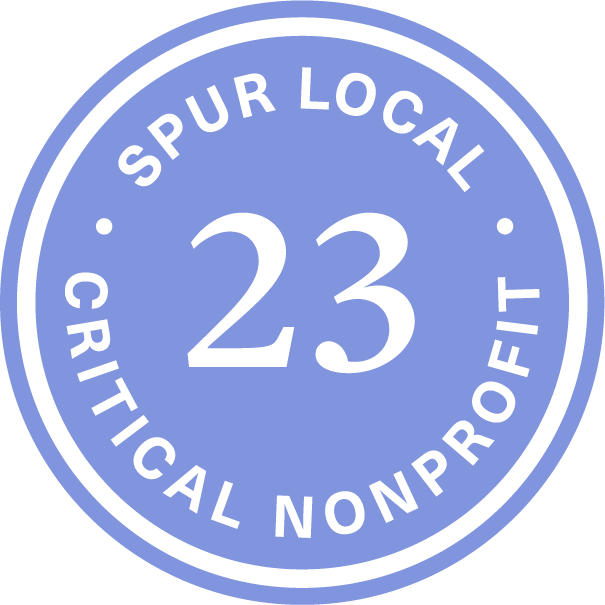Note: This is the first post in DASH’s ongoing What It Takes blog series, which examines and explains the various factors that make getting safe from abuse so difficult. Each post explores factors that survivors have to navigate on their journey to finding safety. Learn more about the campaign at the What It Takes page, and please spread the word: WhatItTakesDC.
Most people think that in order to get safe from abuse, victims of domestic violence should just leave their abusers, that separation is the solution. The reality however, is that leaving is a complicated, dangerous process that takes time and planning.
At DASH we don’t require survivors of domestic violence to leave their abuser in order to access our services. We do this because empowerment is an integral part of our model, but also because it just doesn’t work, mandating the behavior of adults rarely does. Instead, we focus on safety, we want the victims we work with to be as safe as possible in whatever choice they make. For some this is controversial – but for us it’s a natural component of the culture of trust we’ve built at DASH.
For this reason, we are very intentional about the language in the What It Takes campaign, we want to address the misconception that all victims of abuse “should just leave,” but we also want to push back on the idea that leaving is the best option for everyone. It’s important to acknowledge the reality that not everybody leaves – and it is just as vital for those who stay in abusive relationships to find safety. Our Clinical Director, Emma Kupferman put it best when she said, “If we are really going to fight the epidemic of domestic violence, we have to be there to support all survivors, not just those who have left.”
Leaving is the most dangerous time for victims of domestic violence, it takes planning and an immense amount of foresight. Before leaving, survivors need access to housing, stable finances, important documents and reliable transportation among others. Another big barrier for survivors who want to leave is fear – and for good reason, 75% of domestic violence related homicides occur when the survivor is trying to leave. In these situations the abuser will go to extreme lengths in order to maintain power over their partner.
For survivors who decide to stay in their relationships – and many do – safety planning is crucial. Safety plans are based on the individual situation of the survivor, there is no one size fits all plan for staying safe. Survivors are asked to think about where they feel safe in their home, different things that trigger their abuser as well as people they trust that they can reach out to in emergencies. An example of a safety plan can be found here.
We are not advocating that survivors stay in abusive relationships – we are advocating for support and access to services for all survivors, no matter their situation.
Learn More
- You can learn more about what it takes for survivors to get safe at WhatItTakes.com or register to attend our upcoming fundraiser, Allies in Change.
- If you or someone you know is in need of safety planning, attend the Housing Resource Clinic or reach out to a DASH advocate at 202-462-3274 x 104.






